Flemish Renaissance Tapestry in New York
Grand Design: Pieter Coecke van Aelst and Renaissance Tapestry will be open 8 October 2014 to 11 January 2015 in the Tisch Galleries at the Metropolitan Museum of Art, New York.
Pieter Coecke van Aelst (1502 – 1646) was an influential and celebrated artist with one of the largest workshops in Antwerp by the time of his early death. This is the first monographic exhibition devoted to the Flemish master and, along with drawings, prints and woodcuts, nineteen epic tapestries will be shown. Many of these are on loan from royal and national collections in Europe and have undergone cleaning and preservation in preparation for this event.
The tapestries were the works most admired by the artist’s contemporaries. Inventiveness, wit and elegance are in evidence in the sumptuous pieces, which weavers working to his designs executed in silk, wool and metal-wrapped thread. King Henry VIII, the Holy Roman Emperor Charles V and King Francois I of France were amongst those distinguished collectors of the period to own a van Aelst tapestry.
All images: © The Metropolitan Museum of Art/ photo by Bruce White.

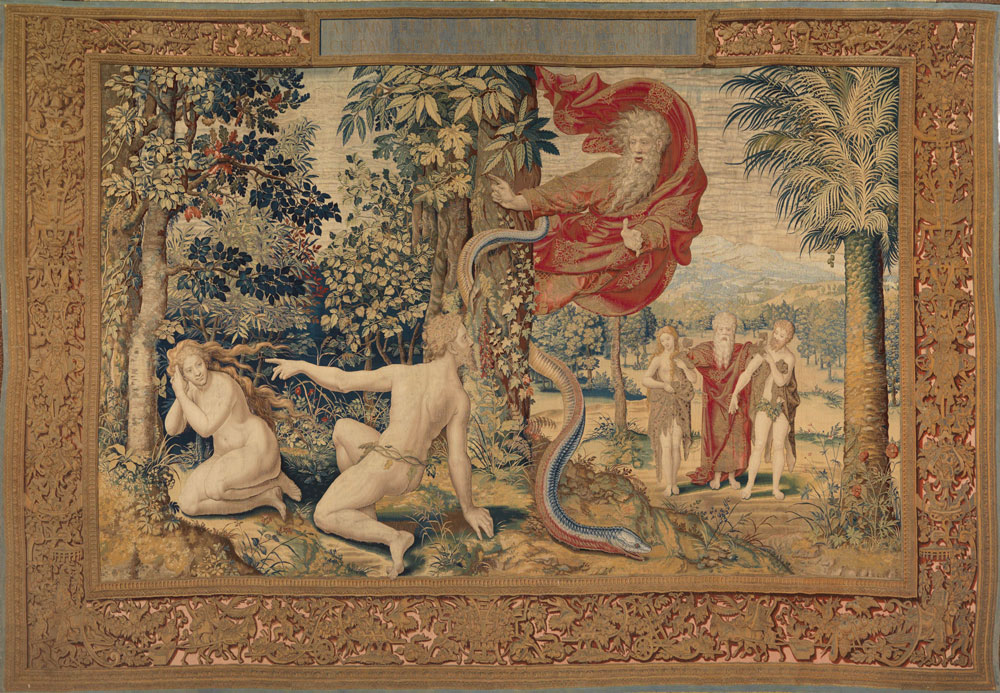
God Accuses Adam and Eve after the Fall from The Story of Creation. Design attributed to Pieter Coecke van Aelst, ca. 1548, woven under the direction of Jan de Kempeneer and Frans Ghieteels, Brussels, completed by 1551. Wool, silk, and silver- and silver-giltwrapped threads. 15 ft. 8½ in. × 22 ft. 11½ in. (479 × 700 cm). Depositi Arrazi, Palazzo Pitti, Florence (Soprintendenza Speciale per il Patrimonio Storico, Artistico ed Etnoantropologico e per il Polo Museale della Citta di Firenze, Arazzi 1912 – 25, 17). Image: © The Metropolitan Museum of Art/ photo by Bruce White

Detail of a woman from The Quest for Fodder tapestry in a set of the Conquest of Tunis. Designed by Jan Cornelisz. Vermeyen with Pieter Coecke van Aelst, ca. 1546 – 50, woven under the direction of Willem de Pannemaker, Brussels, 1550–52. Wool, silk, and silver and silver-gilt-wrapped threads. Patrimonio Nacional, Madrid (TA 13/6, 10005907).
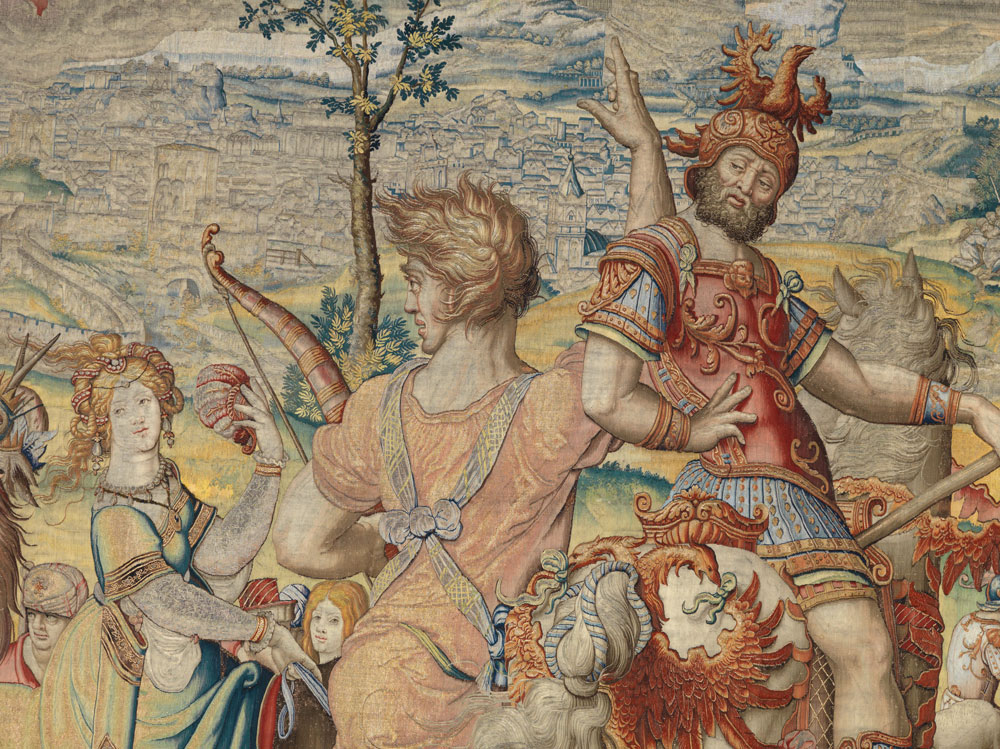
Detail of Hannibal of Carthage, Nimrod, and Vashti from Pride tapestry in a set of the Seven Deadly Sins. Designed by Pieter Coecke van Aelst, ca. 1532 – 34. Woven under the direction of Willem de Pannemaker, Brussels, before 1544. Wool, silk, and silver- and silver-gilt-wrapped threads, 15 ft. ⅜ in. × 25 ft. 5½ in. (458 × 776 cm). Patrimonio Nacional, Palacio Real, de la Granja de San Ildefonso (TA 22/1, 10004091).
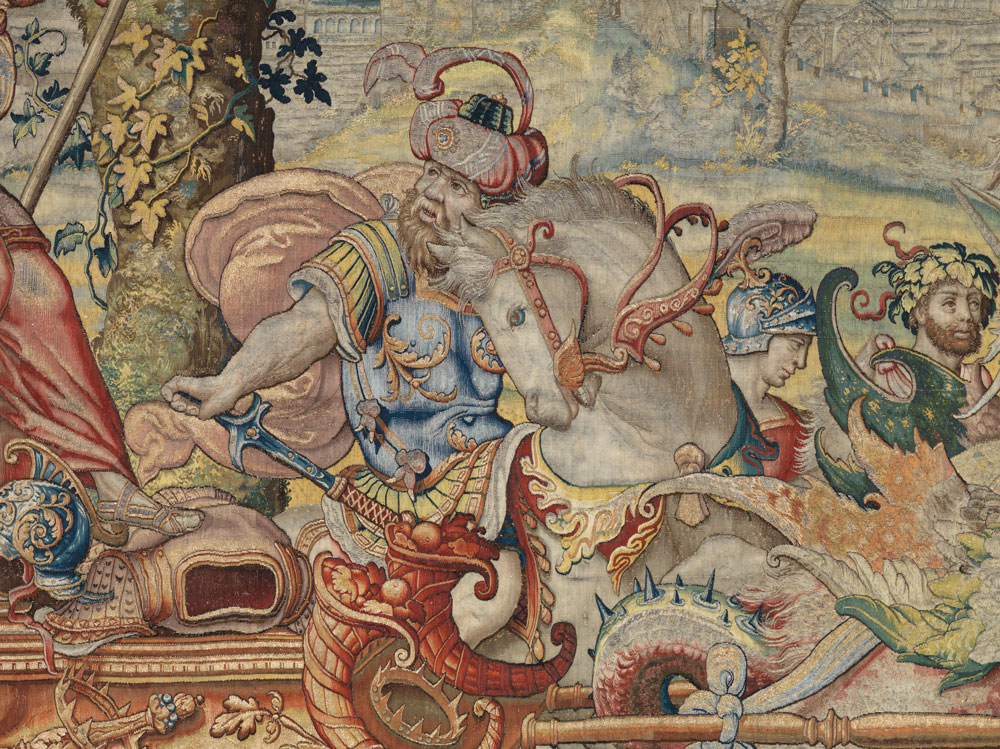
Detail of Xerxes from Pride tapestry in a set of the Seven Deadly Sins. Designed by Pieter Coecke van Aelst, ca. 1532 – 34. Woven under the direction of Willem de Pannemaker, Brussels, before 1544. Wool, silk, and silver- and silver-gilt-wrapped threads. Patrimonio Nacional, Palacio Real, de la Granja de San Ildefonso (TA 22/1, 10004091).


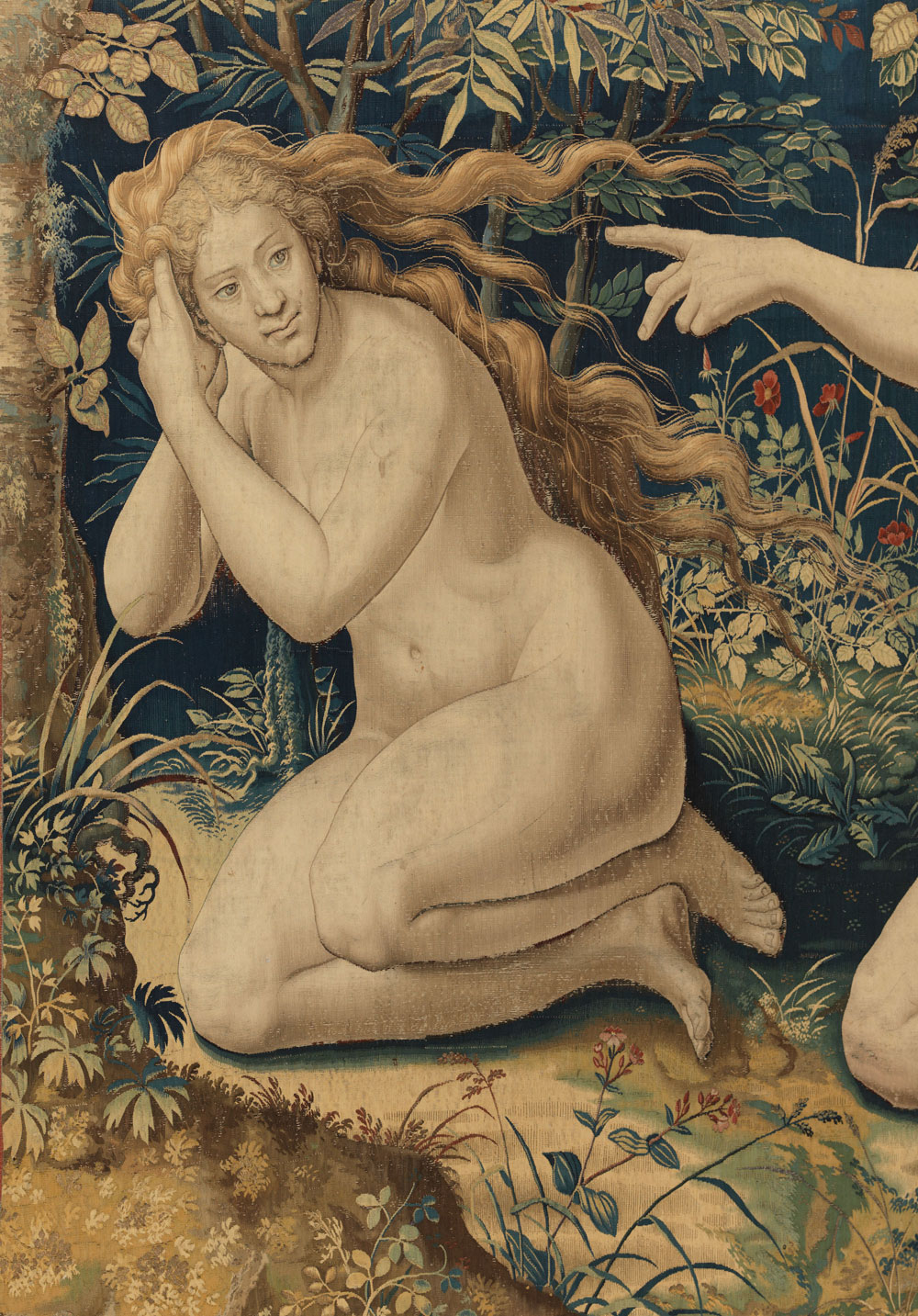
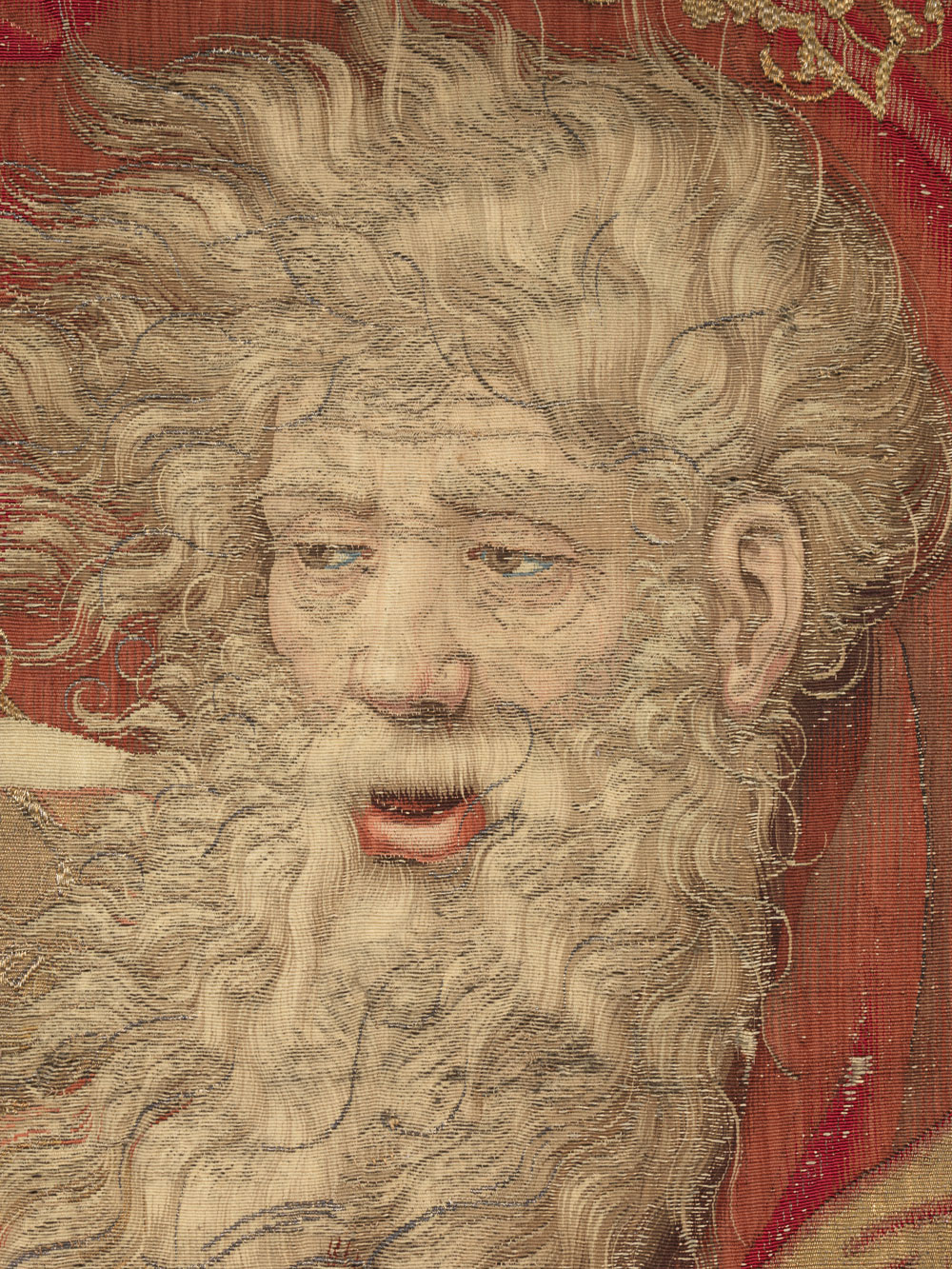
























Comments [0] Sign in to comment